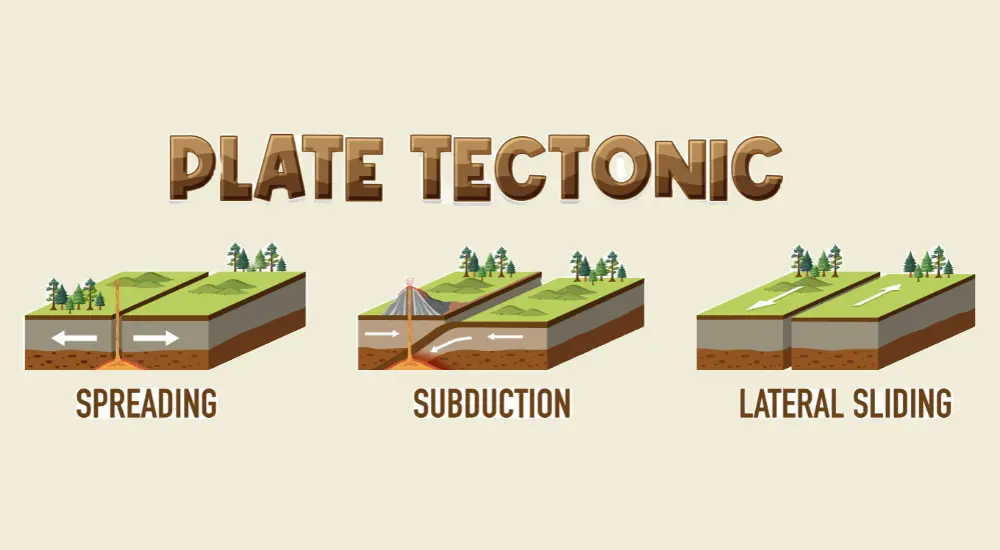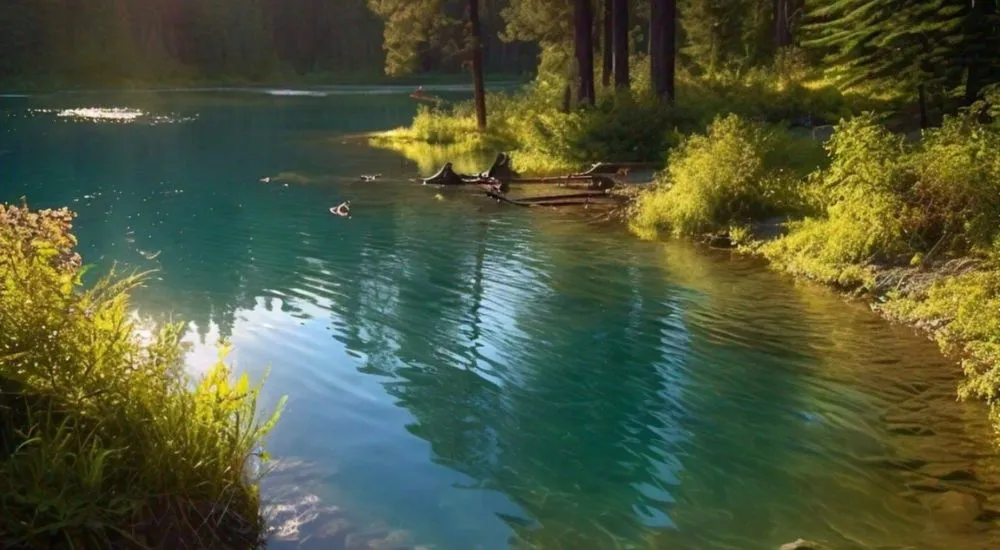16. Which type of tectonic boundary is associated with the San Andreas Fault in California, USA?
(A) Divergent boundary
(B) Convergent boundary
(C) Transform boundary
(D) Subduction boundary
(C) Transform boundary
Explanation: The San Andreas Fault is an example of a transform boundary, where the Pacific Plate and North American Plate slide horizontally past each other.
17. What type of rocks are most commonly formed at divergent boundaries?
(A) Igneous rocks
(B) Sedimentary rocks
(C) Metamorphic rocks
(D) Fossiliferous rocks
(A) Igneous rocks
Explanation: Divergent boundaries are associated with volcanic activity, leading to the formation of igneous rocks as lava cools and solidifies.
18. The process of seafloor spreading occurs at:
(A) Convergent boundaries
(B) Divergent boundaries
(C) Transform boundaries
(D) Subduction boundaries
(B) Divergent boundaries
Explanation: Seafloor spreading takes place at divergent boundaries, where tectonic plates move away from each other, leading to the creation of new oceanic crust.
19. The Wilson Cycle explains the opening and closing of oceans over geological time. Which tectonic process is responsible for the closing of oceans?
(A) Continental drift
(B) Subduction
(C) Mantle convection
(D) Seafloor spreading
(B) Subduction
Explanation: The closing of oceans occurs due to subduction, where one tectonic plate is forced beneath another, leading to the consumption of oceanic crust.
20. The supercontinent that existed around 300 million years ago and subsequently broke apart was named:
(A) Pangea
(B) Gondwana
(C) Laurasia
(D) Rodinia
(A) Pangea
Explanation: Pangea was the supercontinent that existed during the late Paleozoic and early Mesozoic eras, before breaking apart into the continents we recognize today.










